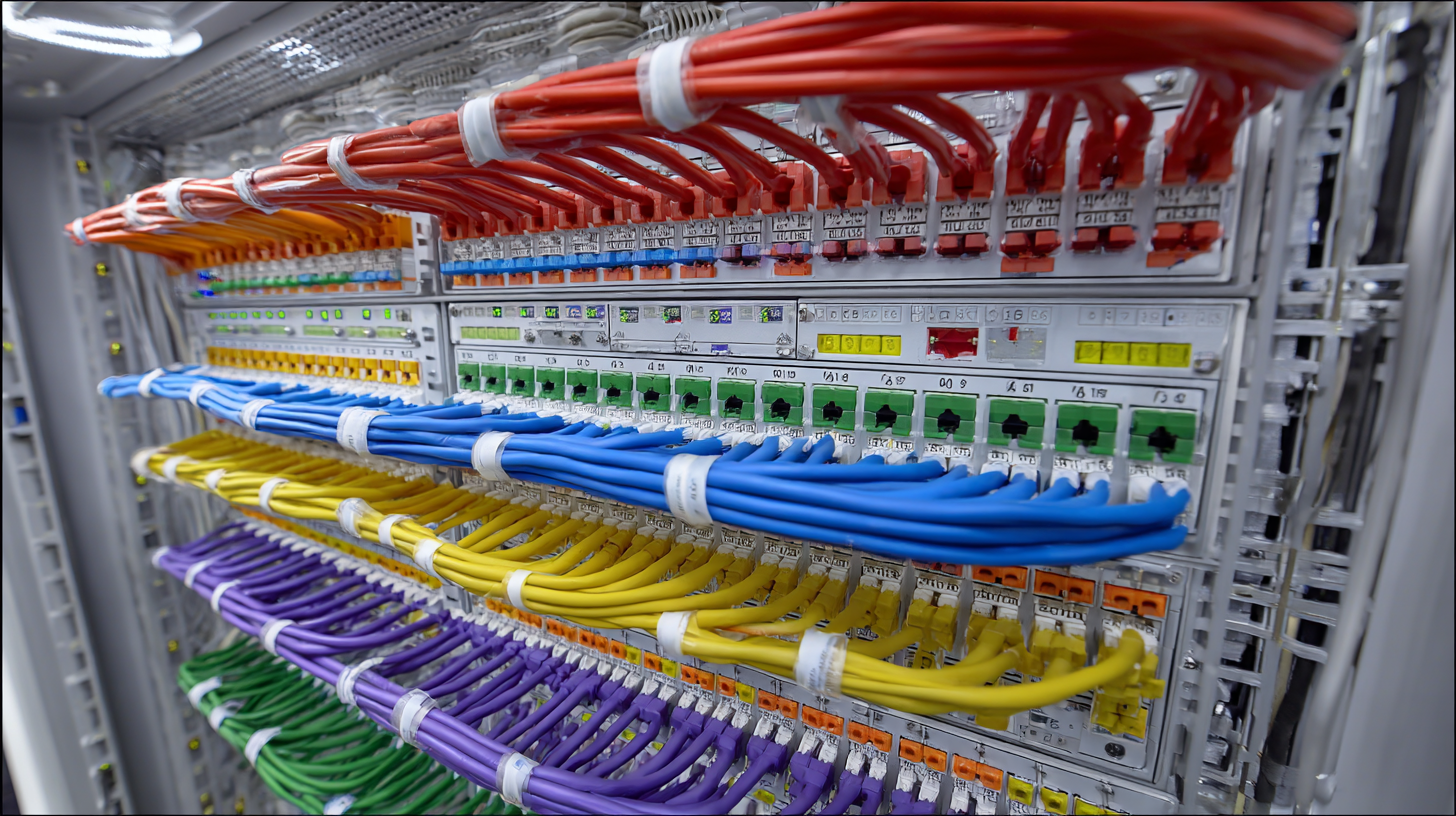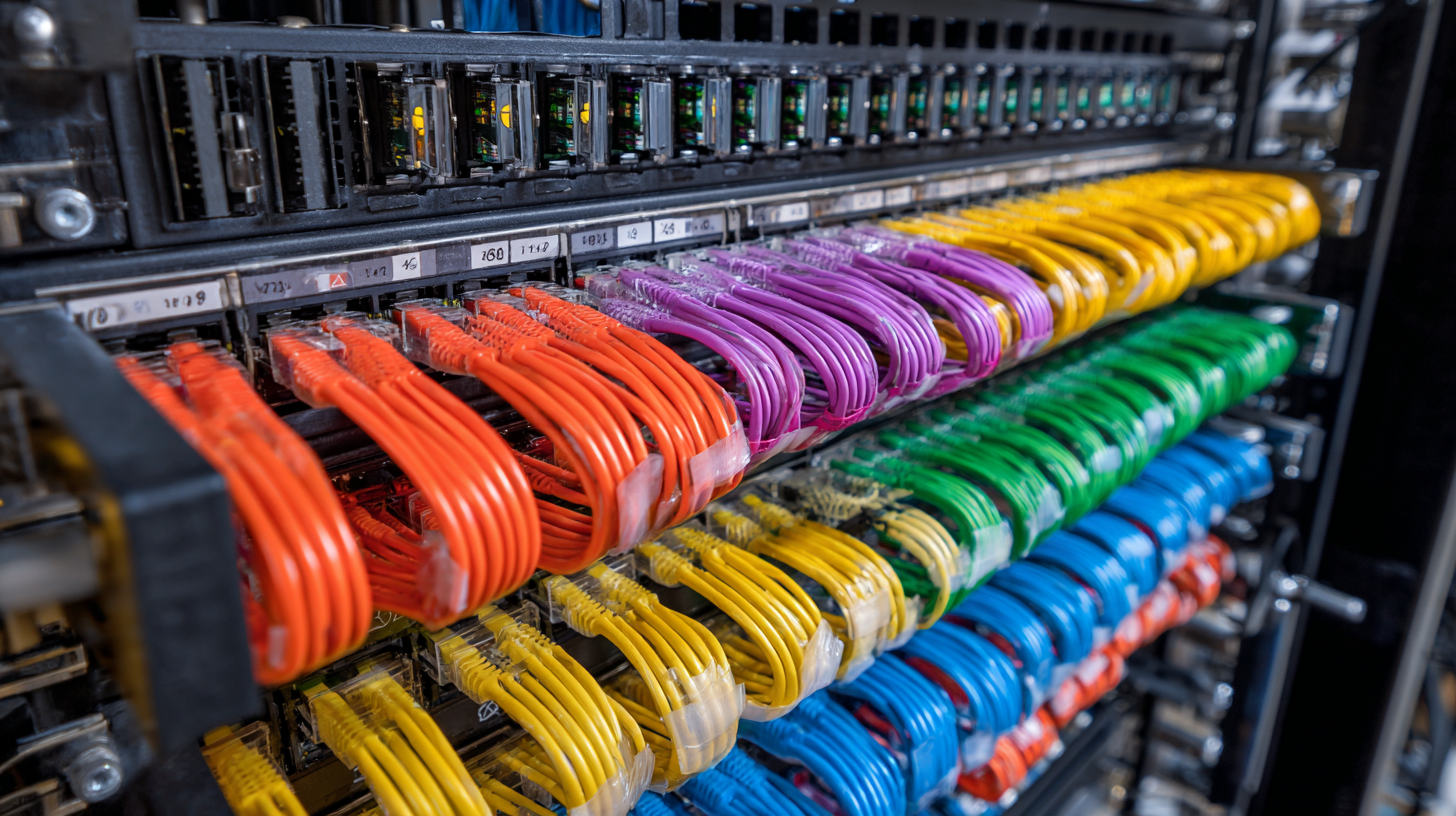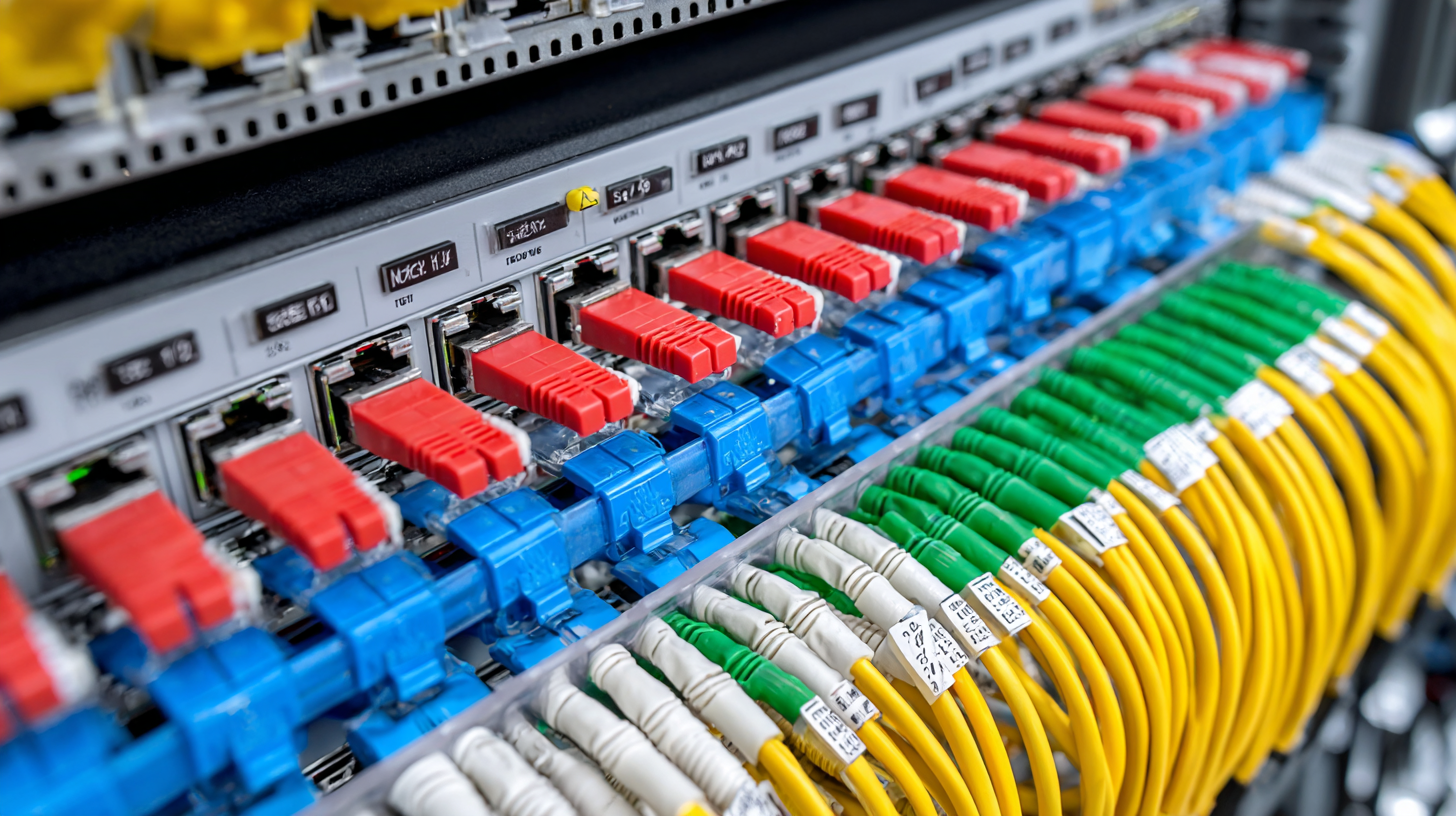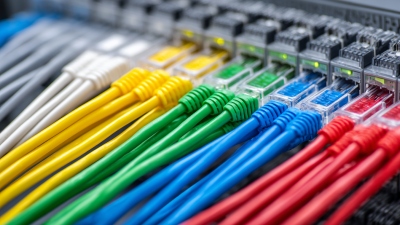7 Best Practices for Selecting the Right Patch Panel for Your Network
In today's fast-paced digital environment, the backbone of any effective network relies on properly organized and structured cabling solutions, with the patch panel being a crucial component. A patch panel serves as the central point for managing and connecting various network cables, enabling seamless communication between servers, switches, and other devices. However, selecting the right patch panel can often feel overwhelming due to the vast array of options available, each offering different features and specifications. To help network administrators and IT professionals navigate this landscape, we have compiled a list of the seven best practices for choosing the ideal patch panel for your network. By understanding the fundamental aspects such as network size, cable types, and future scalability, you can make an informed decision that ensures your network's efficiency and reliability. Join us as we explore these essential strategies to enhance your network infrastructure with the perfect patch panel.

Understanding Your Network Needs: Identify Key Requirements for Patch Panels
When selecting the right patch panel for your network, it is crucial to first understand your network needs. Identifying key requirements involves evaluating the size and scope of your existing infrastructure. For instance, if you anticipate significant growth in network traffic, opting for a patch panel that accommodates future scalability is essential. Current market trends indicate a projected growth of the global patch panels market from $1.28 billion in 2024 to $2.78 billion by 2032, with a compound annual growth rate (CAGR) of 10.19%. This underscores the increasing importance of robust network management solutions, including patch panels.
Moreover, consider the types of connections your network will utilize. Some patch panels support only specific cabling types, such as fiber optics or copper, which can influence performance and compatibility. A thorough needs assessment can save considerable time and resources, ensuring that the chosen patch panel not only meets current demands but also aligns with future network expansions. Investing time into understanding your network requirements will yield significant advantages in operational efficiency and adaptability in the rapidly evolving tech landscape.
7 Best Practices for Selecting the Right Patch Panel for Your Network
| Best Practice | Description | Key Considerations | Recommended Use Case |
|---|---|---|---|
| Assess Your Network Size | Evaluate the number of devices that will connect to the patch panel. | Total ports, future growth. | Small office networks |
| Choose the Right Type | Select between managed, unmanaged, and keystone patch panels. | Cost, complexity, features. | Large enterprise setups |
| Consider Port Density | Determine how many connections per unit of space. | Rack space, cooling needs. | High-density server rooms |
| Future-Proofing | Select a patch panel that can accommodate future network upgrades. | Scalability, technology advancements. | Growing businesses |
| Ease of Installation | Choose a design that simplifies wiring and connections. | Complexity of setup, clarity of labeling. | DIY installations |
| Cable Management Features | Look for panels that include cable management options. | Organization, neatness. | Professional installations |
| Analyze Budget Constraints | Ensure the patch panel fits within your overall network budget. | Cost vs. benefits, total investment. | Small to medium businesses |
Evaluating Patch Panel Types: Modular vs. Non-Modular and Their Applications
When selecting the right patch panel for your network, understanding the differences between modular and non-modular types is crucial. Modular patch panels offer flexibility and scalability, making them ideal for growing networks. They allow you to customize the configuration according to your specific requirements, accommodating various connector types such as RJ45, LC, or SC. This adaptability not only enhances efficiency but also simplifies future upgrades or expansions. For businesses anticipating substantial growth or changes in network design, modular options provide a dynamic solution.
On the other hand, non-modular patch panels are simpler and more straightforward, typically designed for fixed configurations. These panels are often more cost-effective and suitable for smaller networks where scalability is less of a concern. They come pre-loaded with set ports and connectors, making installation faster and maintenance more manageable. While they may lack the flexibility of modular panels, non-modular options can deliver reliable performance for businesses with stable network needs. Understanding the specific demands of your network environment will guide you in choosing the appropriate type of patch panel, ensuring optimal performance and longevity.
Consider Cable Management: Importance of Organization and Accessibility
When selecting a patch panel for your network, it's crucial to prioritize cable management. A well-organized patch panel not only enhances the aesthetics of your setup but also significantly improves the efficiency of network maintenance. Proper cable management ensures that cables are routed logically, minimizing the risk of tangles and reducing the time required for troubleshooting. By strategically placing cables, you create a clean environment that allows for easy identification and access to individual connections, which can be vital during repairs or upgrades.

Additionally, the accessibility of your patch panel can greatly influence ongoing network performance and scalability. An accessible design allows for quicker modifications and expansions as new devices are added to the network. This is particularly important in dynamic environments, such as offices or data centers, where technology needs may evolve rapidly. Implementing a structured approach to cable management will not only facilitate seamless adjustments but also contribute to the longevity of your network infrastructure, protecting your investment against potential disruptions caused by disorganized cabling.
Assessing Build Quality and Durability: Choosing Long-lasting Patch Panels
When selecting a patch panel for your network, assessing build quality and durability is crucial. A well-constructed patch panel can significantly reduce downtime and maintenance costs. According to a report by the Telecommunications Industry Association (TIA), nearly 70% of network outages are attributed to hardware failures, highlighting the importance of durability in network infrastructure. Investing in high-quality patch panels made from robust materials can offer better resistance to wear and tear, ensuring a longer lifespan and reduced need for replacements.

Additionally, it's essential to consider factors such as environmental conditions and installation location when choosing a patch panel. Research from Allied Market Research indicates that a significant segment of businesses has experienced performance degradation due to inadequate network equipment designed for specific environments. Choosing patch panels with features like corrosion-resistant coatings and reinforced casings can extend their usability in demanding settings. By prioritizing build quality and durability, organizations can enhance the reliability of their networks, tailored to withstand both operational demands and environmental challenges.
Budgeting for Performance: Balancing Cost with Quality in Patch Panel Selection
When selecting the right patch panel for your network, it’s essential to strike a balance between cost and quality. Budgeting for performance means understanding that while it might be tempting to choose the most affordable option, investing a bit more in quality can yield significant returns in terms of durability, reliability, and performance. A well-chosen patch panel can enhance the efficiency of your network and reduce potential downtime, which can ultimately save money in the long run.
Additionally, as you navigate your options, consider the specifications and materials of the patch panels. Look for features that prioritize longevity and ease of installation. Investing in panels that are well-reviewed for their build quality can ensure you avoid frequent replacements or repairs.
It’s wise to compare different models and read expert recommendations, just as one would when choosing the best tech products, whether you're investing in a new display or a solid network infrastructure. Remember, a strategic approach to budgeting can help you acquire a patch panel that meets your needs without overspending, ensuring that your network operates at peak performance.
Related Posts
-

Innovative Solutions for Enhancing Network Performance with Quality Patch Cables
-

7 Digital Strategies to Optimize Your Network Cable Installation for Peak Performance
-

What is a Fiber Optic Patch Cord and How Does It Improve Connectivity
-

Common Issues Faced When Sourcing Bulk Cat 6 Cable for Global Supply Chains
-

10 Amazing Benefits of Using Network Patch Cables for Your Business
-

Innovative Solutions for Optimizing Enterprise Networking Efficiency
